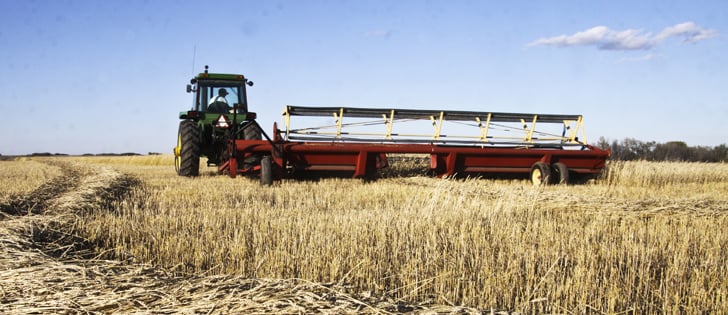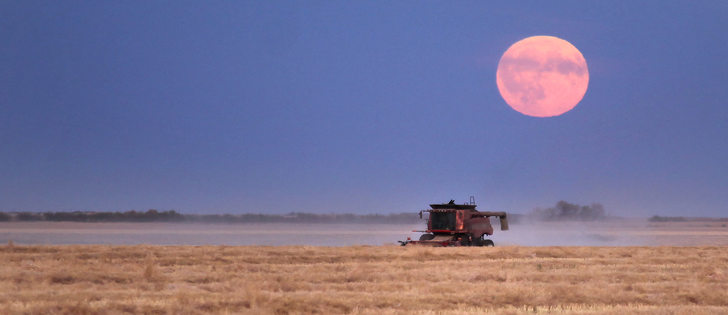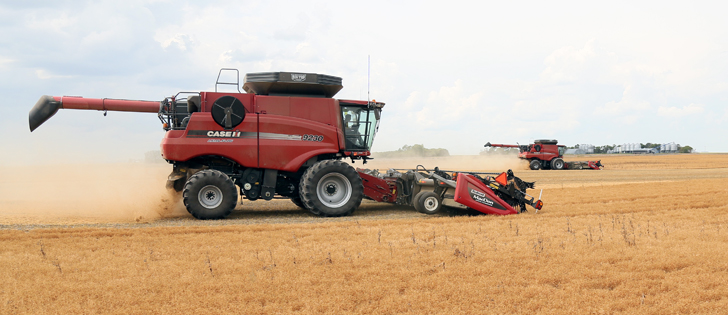As the risk of frost intensifies heading into October, farmers with late-seeded cereals should consider swathing prematurely to get a better price at the elevator, said a cereal extension specialist with Alberta Agriculture.
Clair Langlois said producers wouldn’t normally be in this situation because the premature cereals have good or excellent grades, as long as they don’t get damaged by frost.
“They’re worth protecting, and they’re worth trying to get everything out of,” Langlois said. “It’s just very late.”
However, choosing whether to swath or leave crops standing is a gamble.
Read Also

Farming Smarter receives financial boost from Alberta government for potato research
Farming Smarter near Lethbridge got a boost to its research equipment, thanks to the Alberta government’s increase in funding for research associations.
“The question is: how do we reduce some of the gamble so you’re making an educated gamble rather than one that’s off-the-fly?” Langlois asked.
He suggested that producers take a few factors into account.
They should check seed moisture by denting the seed with their fingernail. If the seed is in the soft dough stage, which becomes deformed when squished, farmers may want to bale it or turn it into green feed, Langlois said.
“If it’s at the soft dough stage at this stage of the month, the risk of frost from here on out is great enough you may want to change plans,” he said.
But if seeds are in the hard dough stage, which can withstand pressure from a fingernail with the dent being left behind, the farmer still has the options to swath or let the crop stand.
Farmers in this type of situation should monitor the weather to figure out how many frosts, if any, they should expect during the week, as well as look at the frost severity.
Langlois said that crops can usually endure one light frost (0C), but enduring light frosts for several consecutive days can cause damage. As well, “killing frosts” (-2 C or colder) can be harmful, even if they occur only once.
“But again, when do we get more than 48 hours warning that there’s going to be a frost?” he said. “Sometimes it’s a gamble, but I would gamble on riding through a light frost and then try to terminate sooner artificially (by swathing).”
Farmers who decide to swath need to check Mother Nature again and ensure conditions will be dry for two to five days afterward before another significant frost occurs.
If it’s wet while the crop is in the swath, plants could sprout and deteriorate. If that happens, the plants would be worse off than if they endured a frost.
“Sprouting is an issue that’s almost more important than the frost damage as a gamble, if you’re going to lay it down prior to a wet period,” Langlois said.


















